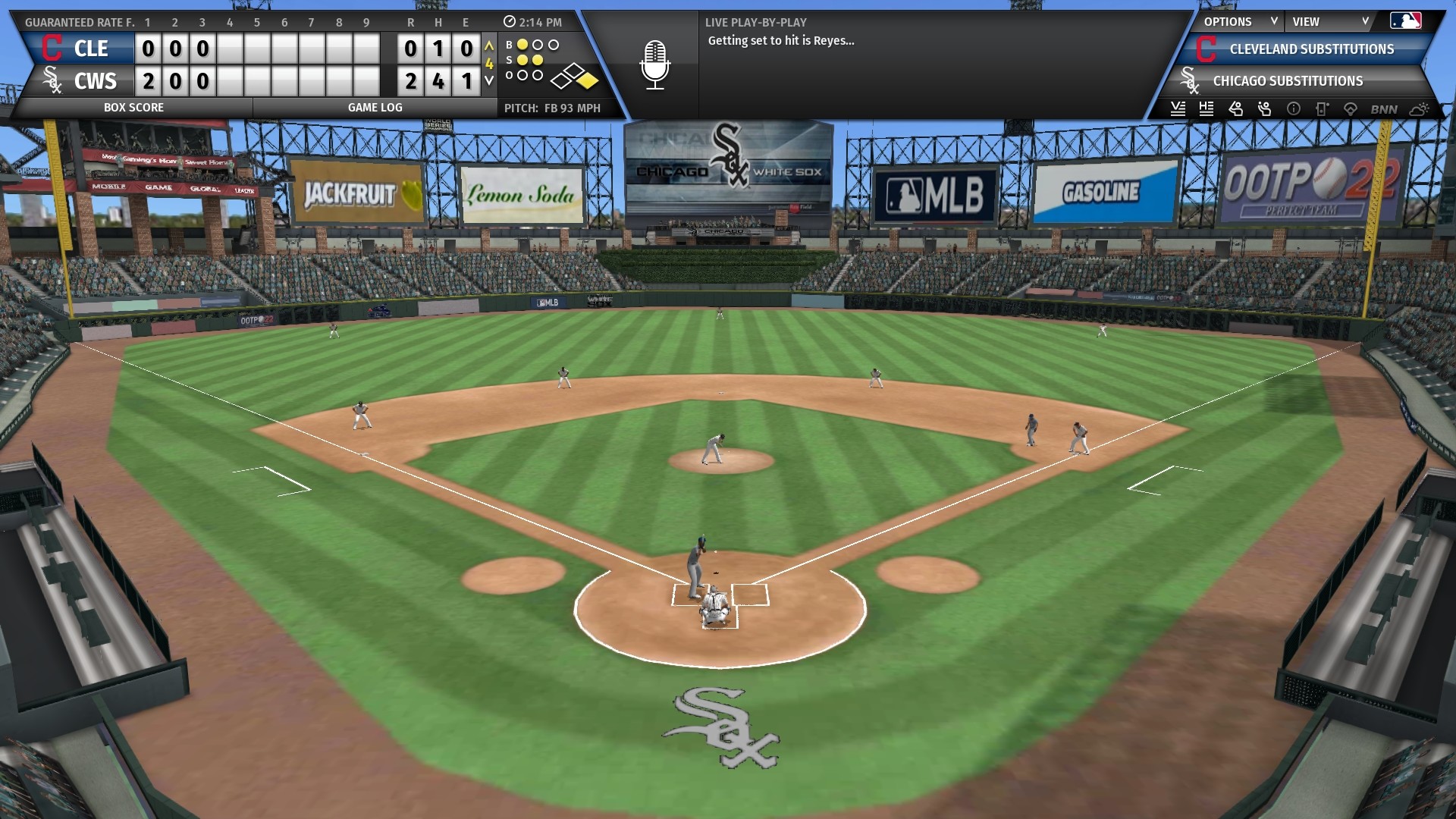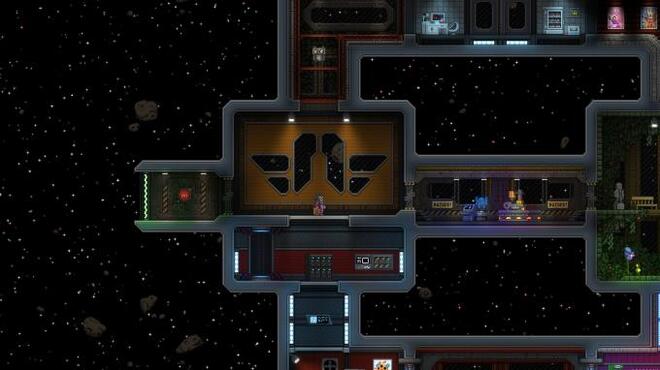

A context can only be current in one thread and against one surface at a time, and a thread only has one context current at a time. Do not call makeCurrent() from a different thread than the one to which the QOpenGLContext object belongs. QOpenGLContext can be moved to a different thread with moveToThread().
#Starbound opengl 2.0 not available how to
The latter is necessary when wanting to use OpenGL 1.x or OpenGL ES 1.x.įor more information about the OpenGL API, refer to the official OpenGL documentation.įor an example of how to use QOpenGLContext see the OpenGL Window example.

It is also possible to use the platform's OpenGL API directly, without using the Qt enablers, although potentially at the cost of portability.

Once a QOpenGLContext has been made current, you can render to it in a platform independent way by using Qt's OpenGL enablers such as QOpenGLFunctions, QOpenGLBuffer, QOpenGLShaderProgram, and QOpenGLFramebufferObject. You can connect to the aboutToBeDestroyed() signal to clean up any resources that have been allocated with different ownership from the QOpenGLContext itself.
#Starbound opengl 2.0 not available free
If the context is temporarily not needed, such as when the application is not rendering, it can be useful to delete it in order to free resources. To be able to support certain platforms, QOpenGLContext requires that you call makeCurrent() again before starting rendering a new frame, after calling swapBuffers(). When OpenGL rendering is done, call swapBuffers() to swap the front and back buffers of the surface, so that the newly rendered content becomes visible. Use the return value or isValid() to check if the context was successfully initialized.Ī context can be made current against a given surface by calling makeCurrent(). To set up a context, set its screen and format such that they match those of the surface or surfaces with which the context is meant to be used, if necessary make it share resources with other contexts with setShareContext(), and finally call create(). QOpenGLContext represents the OpenGL state of an underlying OpenGL context.


 0 kommentar(er)
0 kommentar(er)
